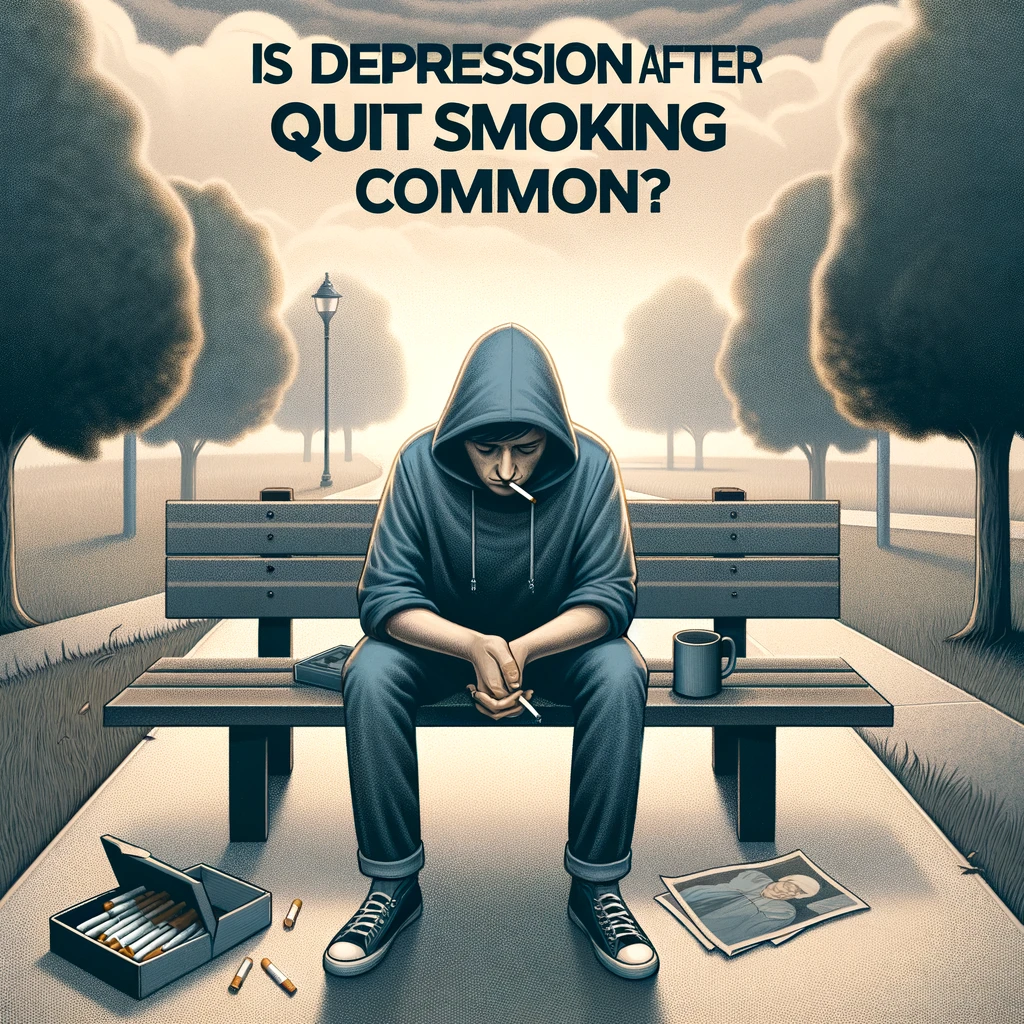Facts on Tobacco Use
Smoking Facts – Tobacco use is the leading preventable cause of premature death, disease and disability.
Smoking Facts – Tobacco use increases the risk of cardiovascular disease, cancers, respiratory diseases, adverse effects in pregnancy, gastrointestinal problems and tooth and gum problems.
Smoking Facts – More than 40,000 Canadians, aged 35 or more, are estimated to die annually as a direct result of smoking (30,000 men, 16,000 women).
Smoking Facts – Tobacco kills over 13,000 Ontario residents each year (one-fifth of all deaths in the province), or over 35 per day, compared to 3,000 annual deaths from traffic accidents, suicides, homicide and AIDS combined.
Smoking Facts – Every year in Ontario, tobacco-related deaths costs taxpayers between $3 and $4 billion in direct health-care costs and $7 billion in indirect costs.
Smoking Facts – Smoking is responsible for about one-third of potential years of life lost due to cancer, about one-quarter of potential years of life lost due to diseases of the heart and about one-half of potential years of life lost due to respiratory disease.
Smoking Facts – 26 per cent of all Ontario households report that at least one person smokes inside the home every day or almost every day.
Smoking Facts – 80 per cent of smokers who have been identified and advised to stop smoking report
that they want to stop smoking (Brodish, 1998).
Smoking Facts – Cigarettes and other forms of tobacco are addictive. Smoking is both a psychological and a physical addiction. Nicotine is one of the most highly addictive substances known.
Smoking Facts – Second-hand smoke or environmental tobacco smoke is a toxic mixture of chemicals produced during the burning and smoking of tobacco products.
Smoking Facts – There are approximately 4,000 chemical compounds in second-hand smoke. More than 40 of them are known to cause cancer.
Smoking Facts – The average additional annual cost to an employer of employing a smoker has been estimated by the Conference Board of Canada to be $2,565 (Conference Board of Canada, 1997).
Get a personal consultation.
Feel free to contact us nearest to your location







